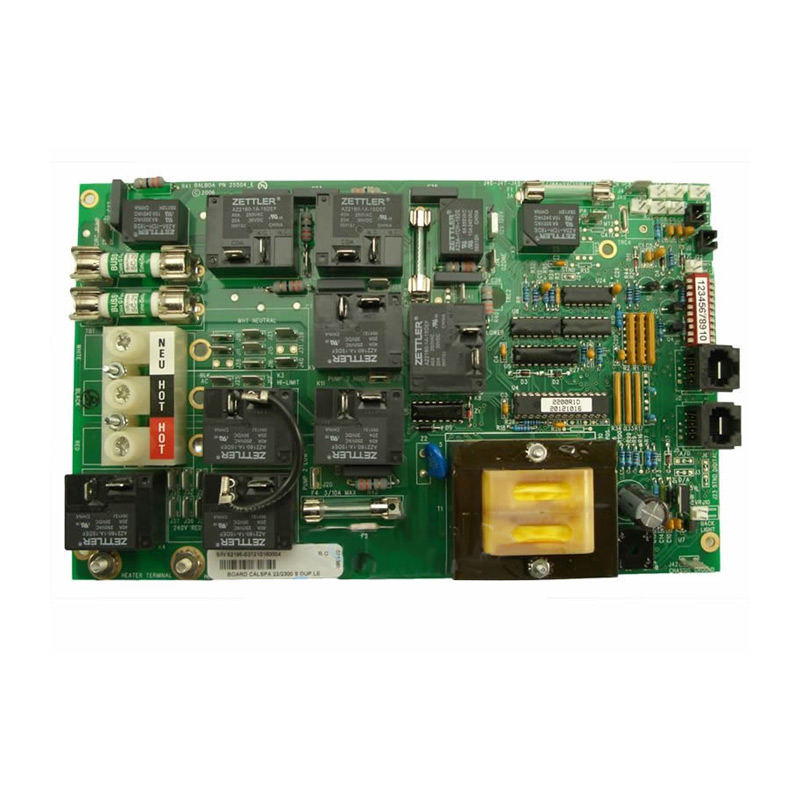

The Allure of Gray Tinted Glass A Modern Architectural Choice
In recent years, gray tinted glass has emerged as a fashionable choice in modern architecture and interior design. It offers a distinct aesthetic appeal while providing practical benefits that cater to the needs of both residential and commercial spaces. This article explores the characteristics, advantages, and applications of gray tinted glass, revealing why it has become a preferred material in contemporary design.
Gray tinted glass is created by infusing the glass during production with metallic oxides or other compounds that adjust its pigmentation. This results in a sleek, modern appearance that can complement a variety of architectural styles. The subtle tone of gray allows for greater versatility in design, enabling architects and designers to use it in both striking and understated ways. From large glass facades to smaller windows and partitions, gray tinted glass can enhance the overall aesthetic without overpowering the surrounding elements.
One of the primary advantages of gray tinted glass is its ability to reduce glare and control the amount of natural light entering a space. In areas that experience harsh sunlight, such as office buildings or south-facing homes, gray tinted glass helps to create a more comfortable environment. By minimizing glare, this type of glass ensures that occupants can work or relax without straining their eyes, making it an excellent choice for spaces designated for productivity.
In addition to glare reduction, gray tinted glass also offers superior UV protection. By filtering out harmful ultraviolet rays, it helps to preserve the integrity of furniture, fabrics, and artwork, preventing fading and deterioration. This is particularly beneficial in homes with large windows and expansive views, where natural light is abundant. The long-term protection of interior spaces provided by gray tinted glass makes it an investment for homeowners who value both aesthetics and sustainability.

From an energy efficiency perspective, gray tinted glass helps regulate indoor temperatures. By reflecting heat from the sun during the summer months, it reduces the reliance on air conditioning systems, leading to lower energy bills. Conversely, during winter, the insulation properties of the glass help retain warmth, making it a practical choice for climates with seasonal temperature variations. As energy efficiency becomes an increasingly important consideration in building design, gray tinted glass offers a compelling solution.
Moreover, gray tinted glass can also enhance privacy without sacrificing natural light. Its reflective properties allow occupants to enjoy unobstructed views from the inside while discouraging outsiders from peering in. This functionality makes it an attractive option for urban apartments, offices located close to busy streets, and other high-density environments where privacy may be a concern.
The use of gray tinted glass is not limited to residential and commercial buildings; it has also made its way into automotive design. Many modern vehicles utilize tinted glass to provide a sleek appearance while improving comfort for passengers. This trend reflects a broader cultural movement toward embracing gray tones in various aspects of design, making gray tinted glass a symbol of contemporary sophistication.
As we continue to advance into an era where sustainability, aesthetics, and functionality converge, gray tinted glass stands out as a material that embodies these ideals. Its unique properties and visual appeal position it as a favored choice among architects, designers, and homeowners alike. Whether for enhancing the aesthetic of a building or providing practical benefits, gray tinted glass is more than just a trend; it is a testament to the evolving nature of modern design. In essence, it captures the perfect balance between form and function, making it an indispensable element in today’s architectural landscape.